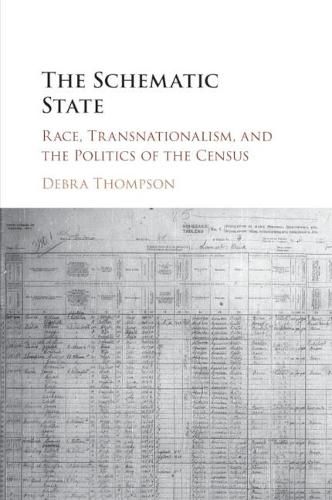Readings Newsletter
Become a Readings Member to make your shopping experience even easier.
Sign in or sign up for free!
You’re not far away from qualifying for FREE standard shipping within Australia
You’ve qualified for FREE standard shipping within Australia
The cart is loading…






By examining the political development of racial classifications on the national censuses of the United States, Canada, and Great Britain, The Schematic State maps the changing nature of the census from an instrument historically used to manage and control racial populations to its contemporary purpose as an important source of statistical information, employed to monitor and rectify racial discrimination. Through a careful comparative analysis of nearly two hundred years of census taking, it demonstrates that changes in racial schemas are driven by the interactions among shifting transnational ideas about race, the ways they are tempered and translated by nationally distinct racial projects, and the configuration of political institutions involved in the design and execution of census policy. This book argues that states seek to make their populations racially legible, turning the fluid and politically contested substance of race into stable, identifiable categories to be used as the basis of law and policy.
$9.00 standard shipping within Australia
FREE standard shipping within Australia for orders over $100.00
Express & International shipping calculated at checkout
By examining the political development of racial classifications on the national censuses of the United States, Canada, and Great Britain, The Schematic State maps the changing nature of the census from an instrument historically used to manage and control racial populations to its contemporary purpose as an important source of statistical information, employed to monitor and rectify racial discrimination. Through a careful comparative analysis of nearly two hundred years of census taking, it demonstrates that changes in racial schemas are driven by the interactions among shifting transnational ideas about race, the ways they are tempered and translated by nationally distinct racial projects, and the configuration of political institutions involved in the design and execution of census policy. This book argues that states seek to make their populations racially legible, turning the fluid and politically contested substance of race into stable, identifiable categories to be used as the basis of law and policy.